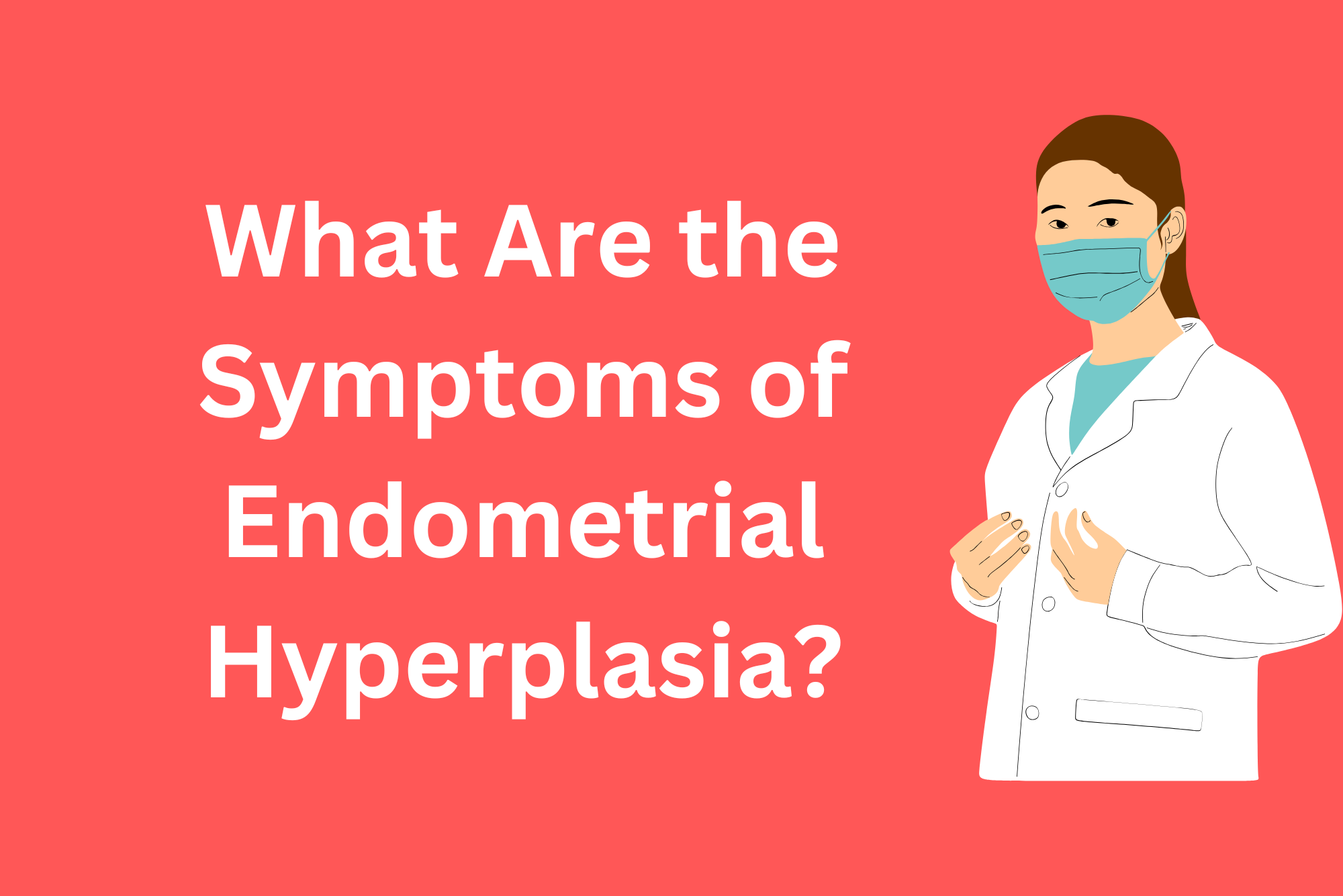Endometrial hyperplasia is a condition characterized by the thickening of the uterine lining due to an imbalance of estrogen and progesterone. This condition can lead to abnormal menstrual cycles, heavy bleeding, and, in some cases, an increased risk of developing endometrial cancer. Recognizing the symptoms early is crucial for timely diagnosis and effective management.
Understanding Endometrial Hyperplasia
The endometrium, or the inner lining of the uterus, undergoes cyclical changes in response to hormonal fluctuations. When estrogen levels remain high without sufficient progesterone, the endometrial tissue continues to grow, leading to hyperplasia. This condition is more common in women approaching menopause but can affect younger women as well.
Common Symptoms of Endometrial Hyperplasia
Abnormal Uterine Bleeding
One of the most prominent signs of endometrial hyperplasia is abnormal uterine bleeding. This may include:
- Heavy menstrual bleeding that lasts longer than usual
- Frequent periods occurring at irregular intervals
- Spotting between menstrual cycles
- Postmenopausal bleeding
Women experiencing these symptoms should seek medical attention to rule out underlying conditions.
Pelvic Pain and Discomfort
Some women may experience persistent pelvic pain or discomfort, particularly in the lower abdomen. While this symptom is less common, it can indicate excessive thickening of the endometrial lining.
Changes in Menstrual Cycle Regularity
Irregular menstrual cycles are another hallmark of endometrial hyperplasia. Some women may notice their cycles becoming longer or shorter than usual, or they may experience missed periods due to hormonal imbalances.
Risk Factors for Endometrial Hyperplasia
Several factors increase the risk of developing endometrial hyperplasia, including:
- Obesity, which contributes to excess estrogen production
- Polycystic ovary syndrome (PCOS), leading to hormonal imbalances
- Diabetes, which can influence estrogen metabolism
- Long-term use of estrogen therapy without progesterone
- Family history of endometrial or ovarian cancer
Recognizing these risk factors can help in early diagnosis and preventive care.
Diagnosing Endometrial Hyperplasia
Doctors use several diagnostic methods to confirm endometrial hyperplasia. These may include:
- Transvaginal Ultrasound to measure endometrial thickness
- Endometrial Biopsy to examine tissue samples for abnormal cell growth
- Hysteroscopy to visually inspect the uterine lining
A timely diagnosis can help determine whether the condition is benign or has the potential to progress to cancer.
Treatment Options for Endometrial Hyperplasia
Treatment varies based on the severity of the condition and whether atypical cells are present. Options include:
- Hormonal Therapy: Progesterone therapy is often prescribed to counteract excessive estrogen.
- Lifestyle Changes: Maintaining a healthy weight and managing underlying conditions like diabetes can reduce the risk of recurrence.
- Surgical Intervention: In severe cases, procedures such as dilation and curettage (D&C) or hysterectomy may be recommended.
To understand how various hyperplasia symptoms impact treatment choices, consulting a healthcare professional is crucial.
How Endometrial Hyperplasia Differs from Other Conditions
While endometrial hyperplasia shares some symptoms with other gynecological conditions, it differs from disorders such as fibroids or ovarian cysts. Proper diagnosis ensures effective management and prevents unnecessary treatments.
Understanding BPH and Its Symptoms
Although endometrial hyperplasia is specific to women, men may experience a similar condition known as benign prostatic hyperplasia (BPH). BPH leads to the enlargement of the prostate gland, causing urinary issues such as frequent urination, difficulty starting or stopping urine flow, and weak urine stream.
To learn more about BPH signs and symptoms, it is essential to explore medical resources that provide in-depth insights into this condition.
Preventive Measures for Endometrial Hyperplasia
Women can take proactive steps to reduce their risk of developing endometrial hyperplasia by:
- Maintaining a balanced diet rich in whole foods and antioxidants
- Engaging in regular physical activity to regulate hormone levels
- Managing conditions such as obesity and diabetes
- Regularly consulting a gynecologist for check-ups and screenings
For more information on natural health remedies and wellness tips, visit Nature Affect. Their expert insights can help individuals make informed decisions about holistic well-being.










